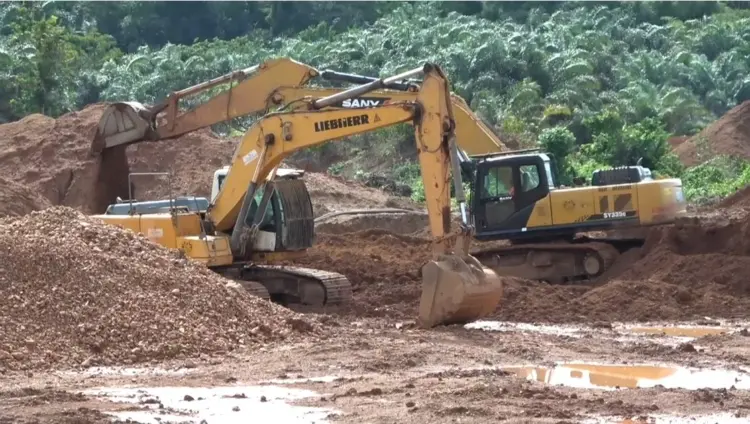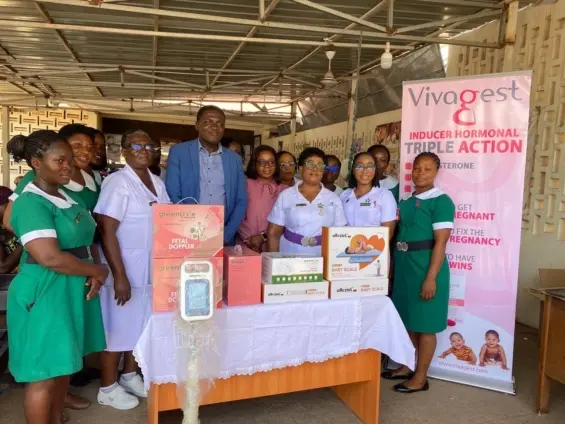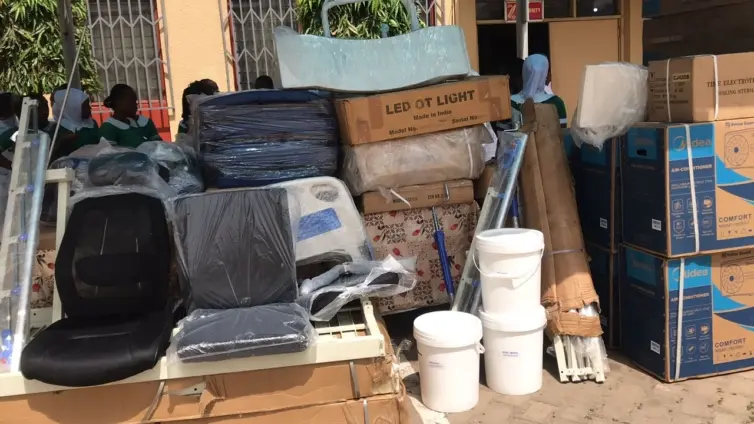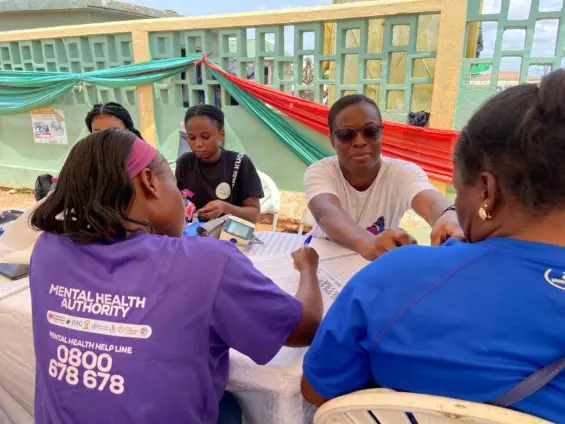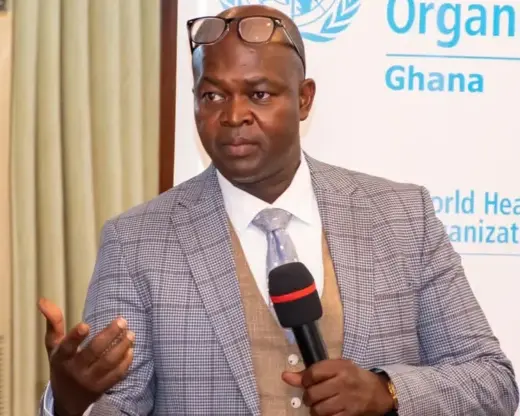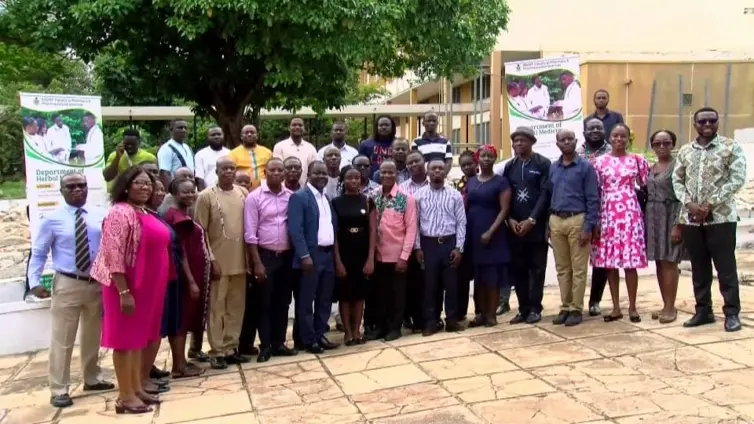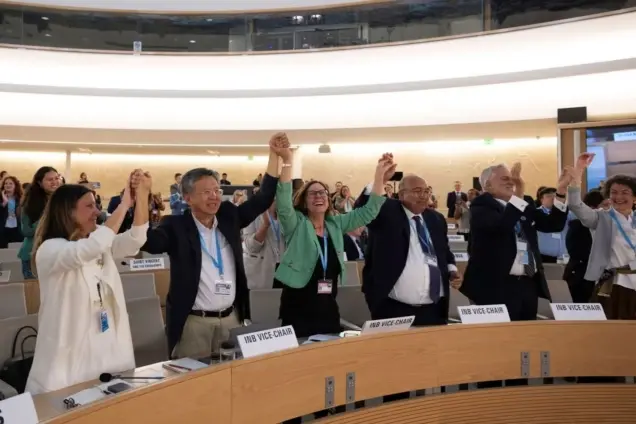In the heart of Ghana, a silent crisis unfolds, fueled by the relentless pursuit of gold through illegal mining, locally known as “galamsey.” The land bears the scars, but a more insidious threat lurks: the devastating impact on human health. Babies are born with deformities, and individuals grapple with unexplained organ malfunctions. To understand this alarming trend, scientists at the Kwame Nkrumah University of Science and Technology (KNUST) and Oregon State University have embarked on a crucial study, using an unlikely model: zebrafish. Their research aims to unravel the connection between toxins released by galamsey activities and the growing number of health issues plaguing affected communities, ultimately seeking to restore environmental sanity in Ghana and beyond. The issue of galamsey has created a massive challenge for not only those participating but for the environment and the future.
The research has revealed a disturbing pattern in communities ravaged by galamsey: a rise in birth defects and organ damage. Babies are born with deformities, and individuals suffer from organ malfunctions, raising serious questions about the long-term consequences of exposure to mining-related toxins. This alarming trend prompted scientists at KNUST and Oregon State University to investigate the direct link between galamsey and these health issues.
Zebrafish, small fish less than 3cm in length, are used as a model organism due to their genetic similarities to humans. Factors that damage zebrafish organs often have a similar impact on the human body, making them valuable for studying the effects of toxins. According to Pharmacologist Prof. George Ainooson, the effects of contaminated water from illegal mining sites on these fish, the effects can be likened to the impact on newborn babies.
“The negative impact of water samples from illegal mining sites on these fish could be likened to the impact on newborn babies”- Prof. George Ainooson
The unregulated nature of galamsey often leads to the use of harmful chemicals like cyanide and mercury. These substances are believed to contribute significantly to the deaths and health problems observed in mining communities, underscoring the urgent need for stricter regulations and responsible mining practices.
The KNUST research team is collaborating with professionals from Oregon State University to develop workable protocols for maintaining environmental sanity. This collaborative effort aims to create solutions applicable not only in Ghana but also in other countries facing similar challenges. The partnership reflects a shared commitment to addressing the global issue of environmental degradation caused by unregulated mining activities.
The research findings and developed protocols could be adapted and implemented in other regions affected by illegal mining and environmental degradation. This adaptability ensures that the solutions developed are not limited to the specific context of Ghana but can be applied to address similar challenges in other parts of the world.
This study underscores the urgent need for sustainable mining practices that prioritize environmental protection and public health. Further research and policy interventions are crucial to mitigate the harmful effects of galamsey and promote responsible resource management. It advocates for a paradigm shift towards mining practices that minimize environmental impact and safeguard the health of local communities.
The collaborative research between KNUST and Oregon State University sheds light on the devastating health consequences of galamsey. By using zebrafish to understand the impact of mining toxins, the study provides critical insights into the dangers faced by communities in Ghana. This research calls for immediate action to implement safer mining practices and protect vulnerable populations from the harmful effects of illegal mining. Continued efforts and awareness are essential to ensuring a healthy and sustainable future for mining communities in Ghana and worldwide. What steps can be taken to ensure sustainability in mining practices?
Image Source: MYJOYONLINE

